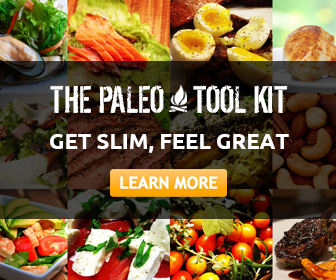The Basics of Paleo Diet
Before you can get started with the Paleo Diet, it’s important that you understand some of the basics about this program. Paleo is short for Paleolithic. This diet is also sometimes called the Cave Man Diet.
That’s because the premise of this program is that you eat like your ancestors who lived during prehistoric times. They were lean and toned because they used only the most natural foods for their body.
The idea is that they didn’t have the luxuries of processed foods including grains and factory meats. Instead they hunted and gathered – eating mainly fruits, vegetables, nuts and wild meats.
So what can you eat on this diet? You’ll be able to eat fresh fruits, vegetables, nuts, grass-fed meats, fish and other seafood, eggs, seeds, and healthy oils such as olive, flaxseed, and coconut oils.
It’s also best if you choose to eat organic foods as much as possible – since those are free from any pesticides, antibiotics, or herbicides that can actually be toxic for your body and cause inflammation.
Basically, you want to focus on eating whole, unprocessed foods that are as free from toxins as possible. As you begin to follow the Paleo diet, you’ll see that it makes a lot of common sense and isn’t all that hard to practice.
There are foods that you’ll stop eating once you begin the Paleo lifestyle. These include grains, dairy, potatoes, legumes (beans and peanuts), salt, refined vegetable oils (such as canola or soybean oils), refined sugar, and processed foods.
For some people, this isn’t a huge shift, but if you’re used to eating a lot of boxed or frozen dinners and fast food, then this is a drastic change. You’ll find that there’s a bit of an adjustment period when you learn how to prepare foods differently and get used to new tastes.




